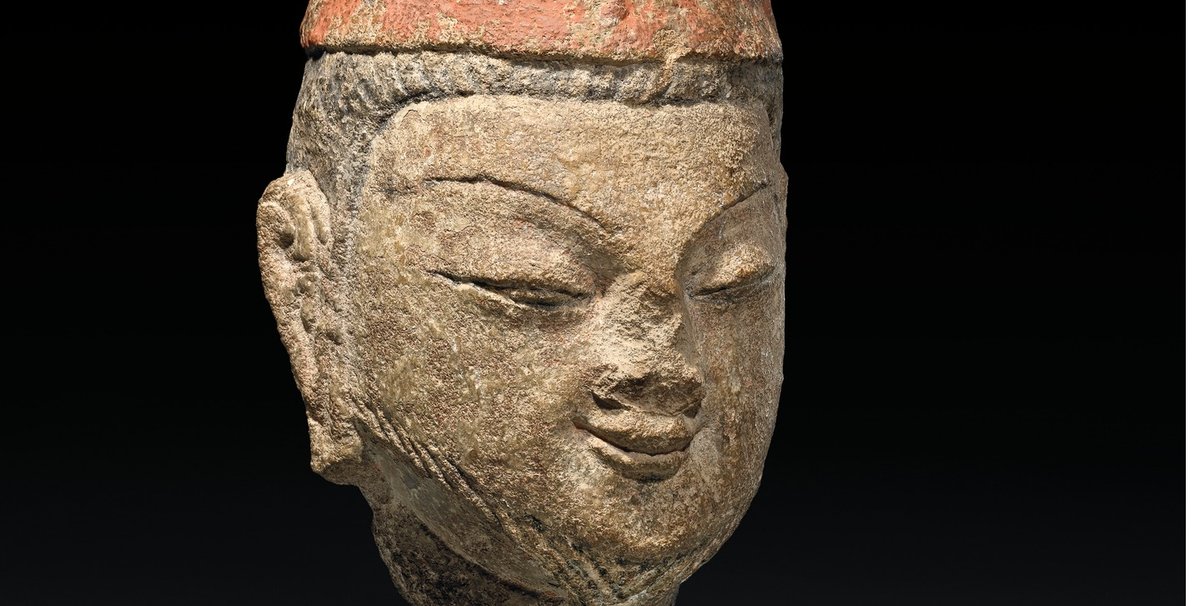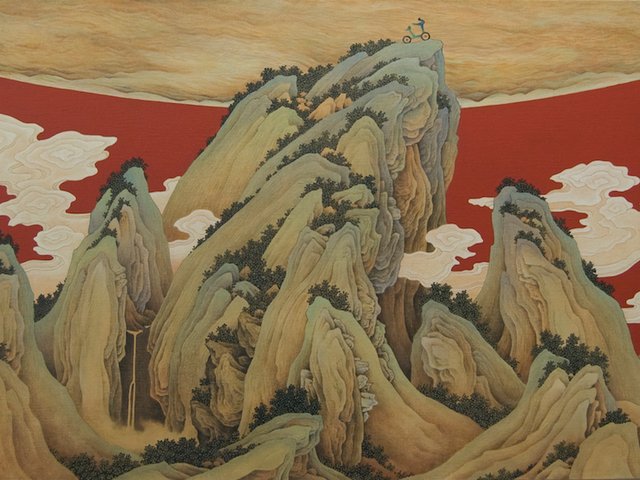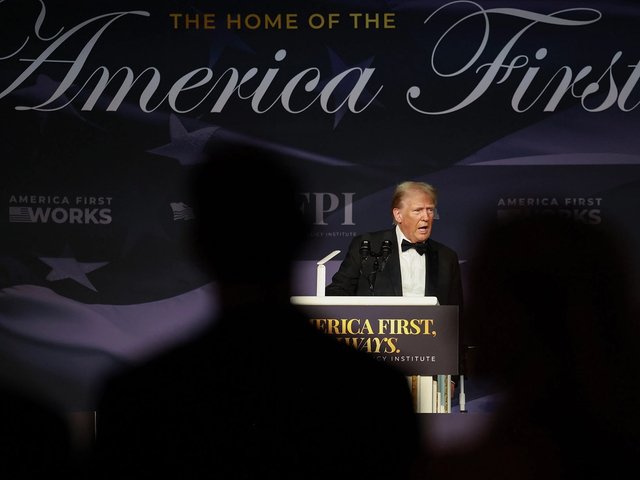Fifty galleries are taking part in Asia Week New York (9-18 March), the annual convergence of auctions and exhibitions of Asian art and antiques, including visiting dealers from Europe and Asia. The sharp increase in official participants—up from 16 galleries in the inaugural year of 2009—suggests that dealers remain optimistic, despite the economic contraction in China,by far the largest driver of this market.
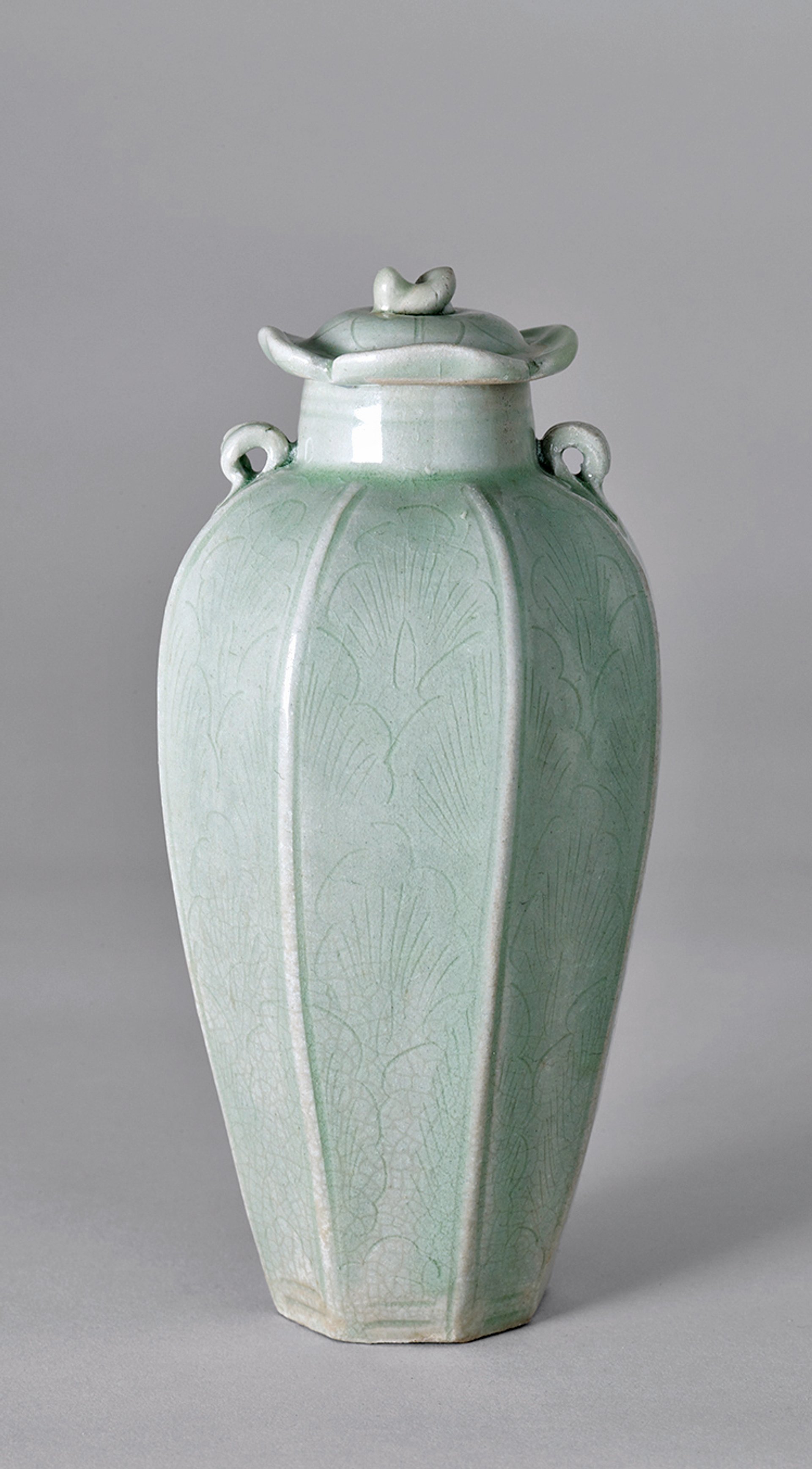
According to Eric Zetterquist, a New York dealer in Tang and Song Dynasty ceramics for more than 25 years and a participant in Asia Week since its inception: “The days of the new Chinese rich spending like wildfire are over. Both the dealers and the collectors who are buying here are much more circumspect than five, six or ten years ago … they’re not just buying everything that’s Chinese that looks like a good deal.”
Quality is key, whether buyers are motivated by a wish to repatriate the cultural artefacts of China’s imperial past, or simply looking to spend disposable income accumulated in the country’s industrial boom of recent decades.
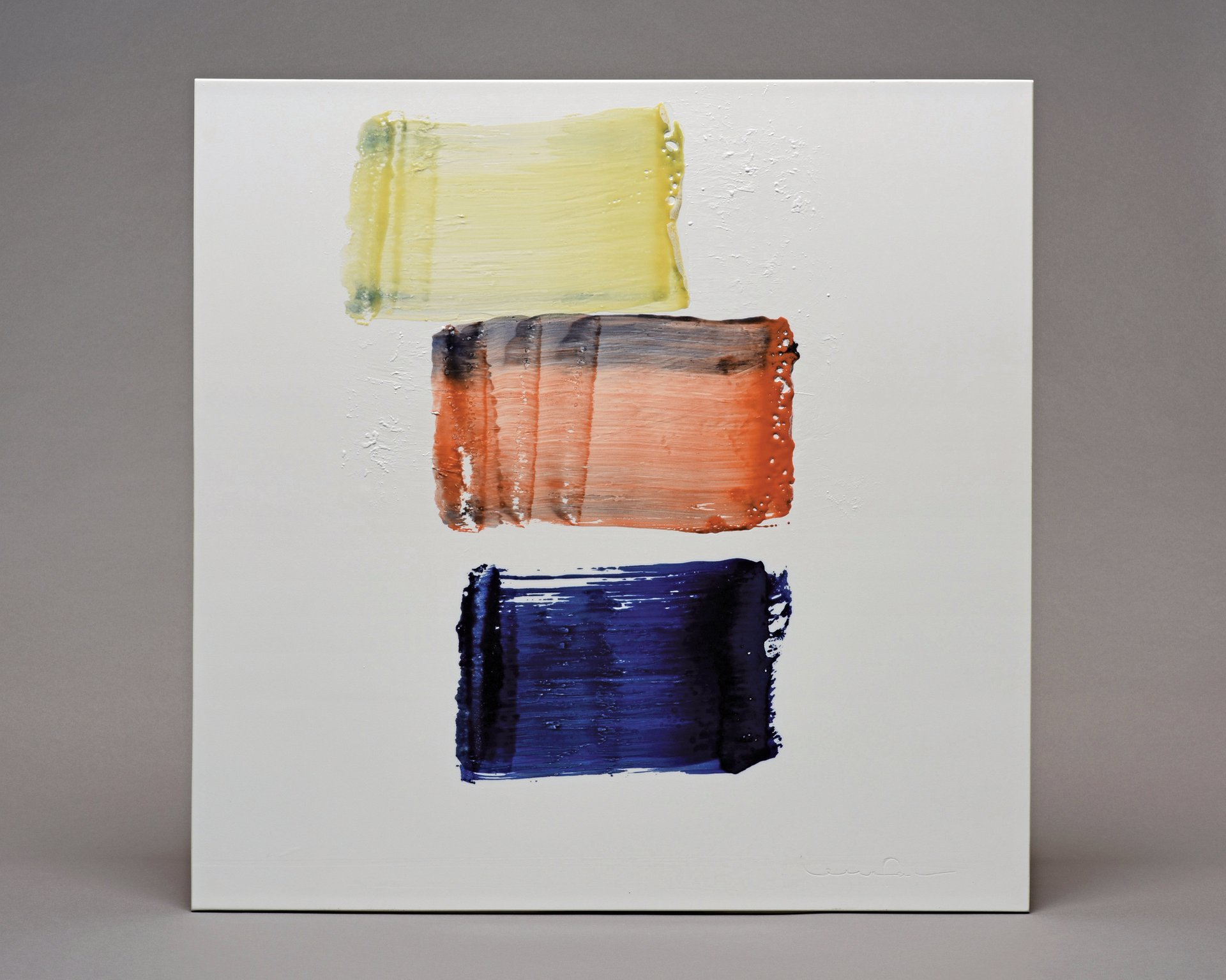
Another indicator of the shifting market is the increasing inclusion of contemporary art galleries in the roster. Laurence Miller, a photography gallery, is again showing Toshio Shibata’s scenes of industrial Japan juxtaposed with the natural world, while Pace Gallery—exhibiting at Asia Week for the first time—has new works by the Korean-born, Japanese-based Mono-ha master Lee Ufan, whose paintings on porcelain subvert the ceramic tradition.
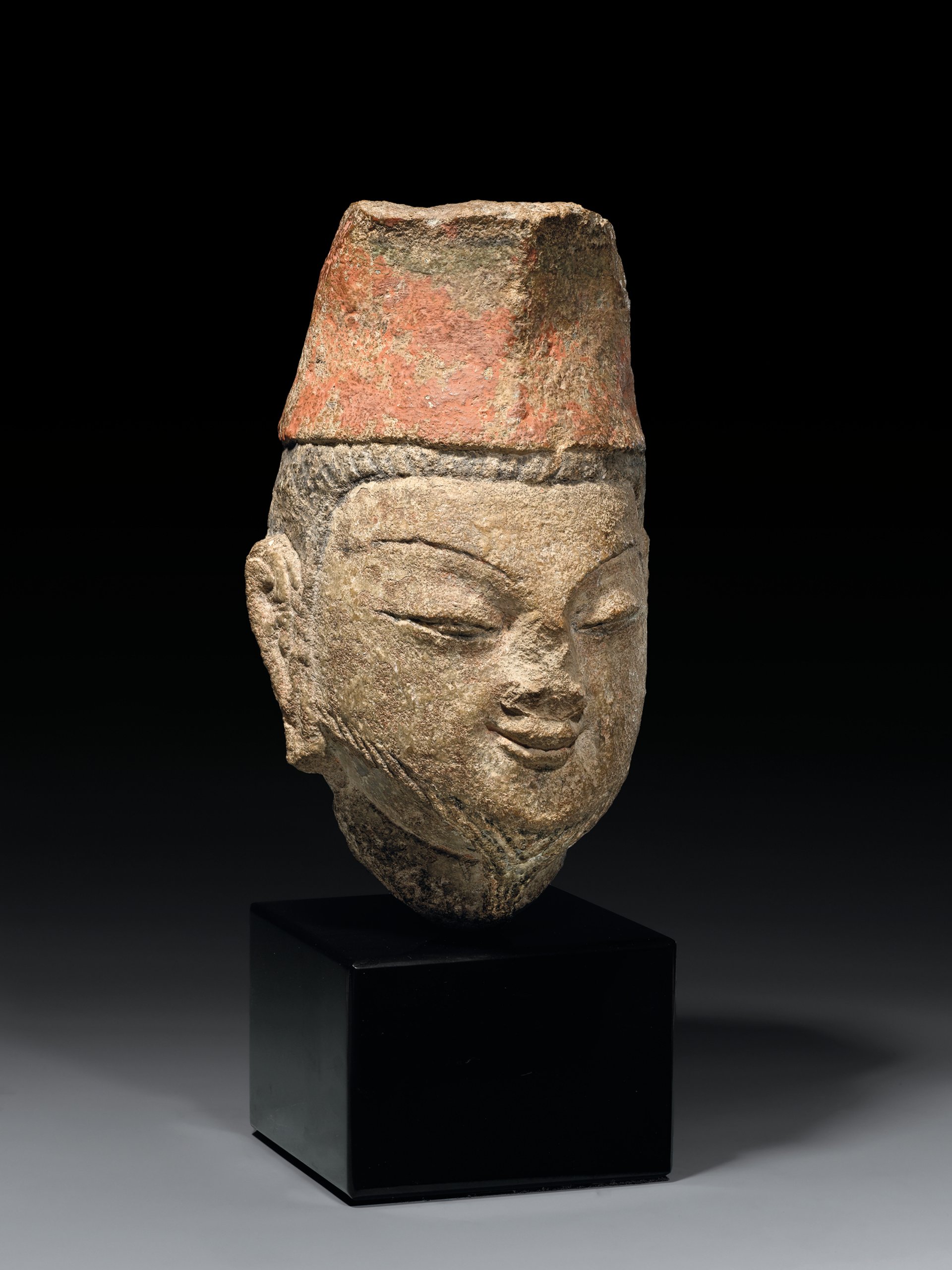
Gallerists observe that demand for recent work may also be driving interest in the exceptional ceramics, ink paintings and scholars’ rocks—stones shaped by natural forces and prized for their textured surfaces—that make up the core of Asia Week, on offer at such galleries as Kaikodo, which focuses on the intersection between China and Japan, and J.J. Lally, whose showcase of Buddhist sculpture includes rare sandstone and limestone deities. Among Lally’s selections is a sandstone head of a Bodhisattva, taken from cave temples dated to the Northern Qi dynasty.
Sculptures in the Indian market have come under intense scrutiny in the fallout from a wide-ranging corruption case linked to the New York gallery Art of the Past, run by Subhash Kapoor, who is facing trial in India. Seizures of suspect works have been carried out at Christie’s and at the New York dealers Nayef Homsi and—more recently—Nancy Wiener.
Given the uncertainty surrounding excavated artefacts, demand in this part of the market has subtly shifted towards court miniatures, Tibetan thangka paintings and bronzes, offered at Asia Week by specialists such as Walter Arader, Robert Bigler, Christophe Hioco, Tenzing Asian Art and Kapoor Galleries. Buyers looking for a bargain will need to be quick off the mark. Tarun Jain of Navin Kumar Gallery, known for fine thangkas as well as Tibetan bronzes and Indian miniatures, says: “Prices will start to go up once supply also dries up. For example, in thangkas, works from the 18th and 19th centuries used to be cheap, but now command quite respectable prices. The same phenomenon has started to happen with miniatures.”
Jain advises collectors to “follow their eye, and look for high quality in lesser- recognised artists, periods and styles, where there happens to be more investment potential”.


